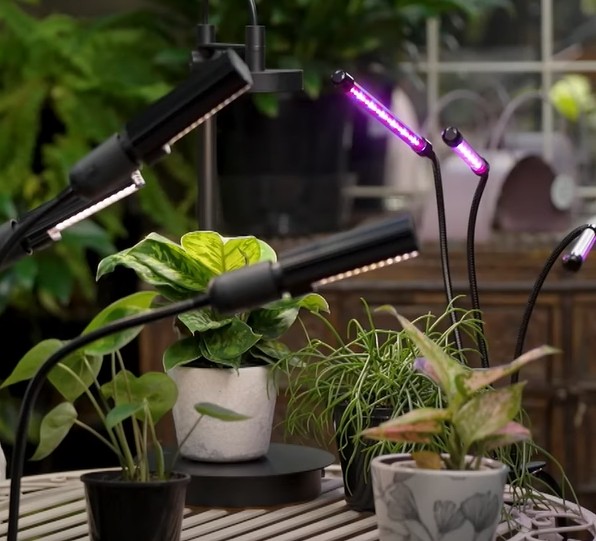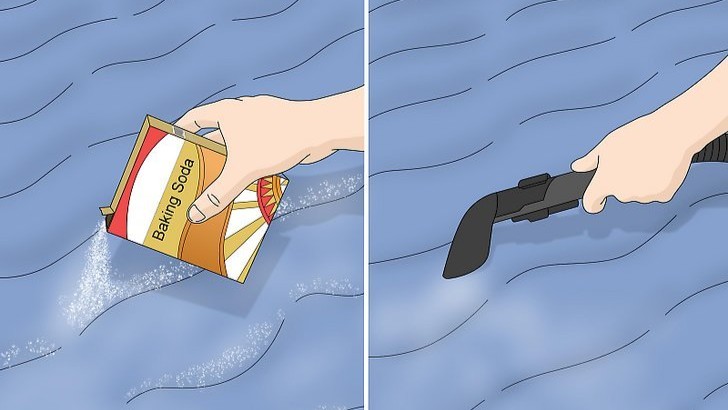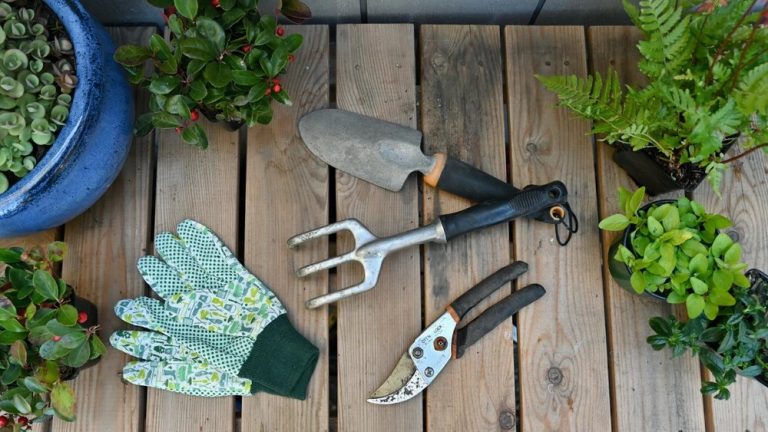How far should a grow light be from indoor plants?
Determining the Correct Distance for Grow Lights
We have invested hours and hours in researching the vast array of best grow lights that are available on the market today. In addition to our thorough research, we have also invested time in carefully experimenting with numerous setups to determine their effectiveness. We have also invested time in reading extensively on how to use and what are the best practices with these lights in order to achieve maximum results. In short, in the middle of all this thorough work and research, one of the most frequent questions that we have been asked over and over again is How far should a grow light be from indoor plants to achieve the best growth results.
This very aspect concerning the proper distance between the grow light and your plants can play a very crucial role, and in most cases, it can even dictate the ultimate outcome of the growth process that your plants will undergo. When a grow light is moved too close to the plants, there is a high likelihood of damaging them, particularly by causing the burning of their delicate and sensitive leaves.
Too close, and your plants will stretch out, becoming weak and leggy. Let’s get it down so that you can achieve the best results.
 Being Aware of the Different Types of Grow Lights
Being Aware of the Different Types of Grow Lights
Not all grow lights are made the same. There are various types that have different places to be located at:
- LED growing lights: Save energy and produce less heat. Place them 12-24 inches away from plants.
- Fluorescent lighting (CFL/T5): Suitable for seedlings and low-light plants. Keep them 6-12 inches away.
- HID grow lights (HPS/MH): Very intense but produce plenty of heat. These will need to be 24-36 inches above plants.
Every variety has its own advantages. LEDs are ideal for energy-efficient arrangements, and HIDs are best suited for large-scale growing. Your selection is based on your plant’s requirements and your indoor area.
Signs Your Grow Light is Placed Too Close or Far from Your Plants
From our own experiences, we have learned the many different ways plants will respond when grow lights are incorrectly placed in their optimal positions. Below, we offer a list of typical signs and indicators which clearly illustrate such responses:
- Too close: Leaves will curl or turn brown, and growth is stunted.
- Too far: Plants become too leggy and tall with fewer leaves.
- Just right: Bushy, healthy growth with firm stems.
Is this a test that can be considered easy? All you need to do is put your hand in the area where your plants are. If, after waiting for a period of 30 seconds, you find that the light is too hot to comfortably tolerate, then it is definitely too close to your plants!
Height Adjustment of the Grow Light as Plants Mature
Your plant’s requirements evolve over time. Seedlings require light closer (but not too bright), whereas mature plants can tolerate more distance.
Here is a descriptive and fairly general outline:
Seedlings: Keep lights 2-6 inches away from seedlings, particularly for fluorescents.
Vegetative growth: Shift lights 12-24 inches away for increased stem and leaf
development. Budding phase: HIDs and LEDs should be maintained at 18-36 inches to induce bud formation. Adjust accordingly as per the behavior and response of your plants to the conditions in their environment.
Every plant has its own personal set of preferences and unique needs that have to be considered and taken into account carefully!
Final verdict
So, How far should a grow light be from indoor plants? The answer to that question is more or less dependent on several key factors, including the specific growth phase of your plants, the type of light you are dealing with, and the overall environment in which they are being grown. Although it is useful to use general guidelines as a starting point rule of thumb, it is also necessary that you further continually monitor the health and status of your plants. Even slight adjustments can make a profound difference in their growth and overall health. Have you used grow lights on indoor plants in the past? If so, we’d love to hear about what you did and what worked most effectively for you!

 Being Aware of the Different Types of Grow Lights
Being Aware of the Different Types of Grow Lights






